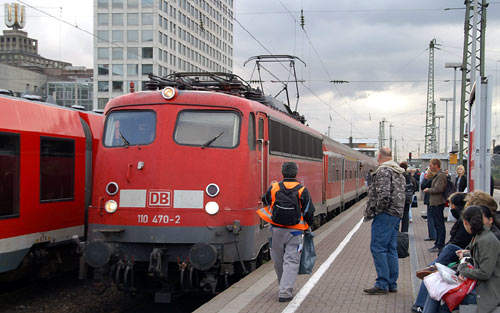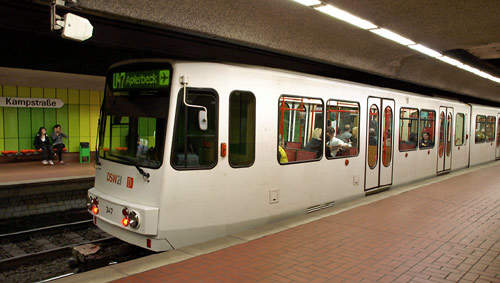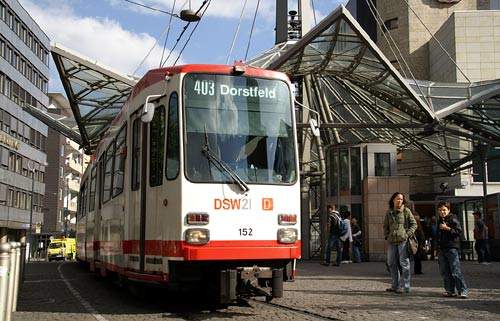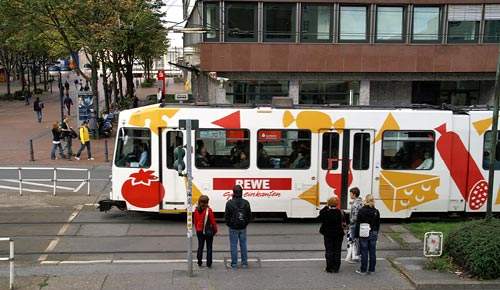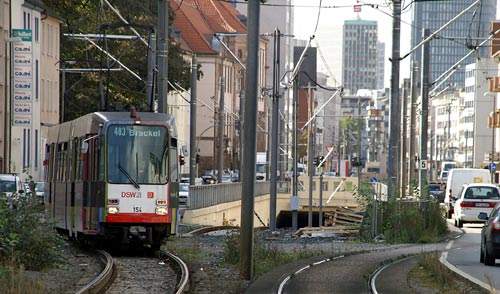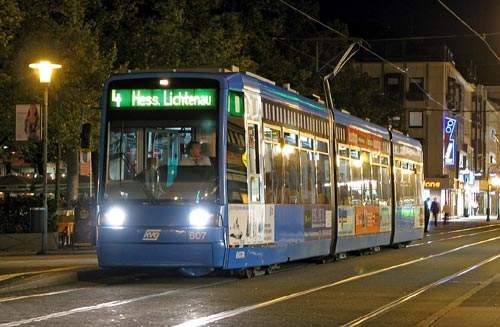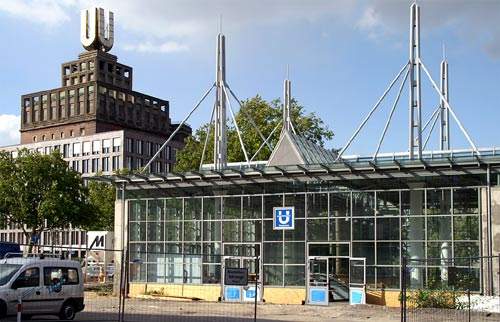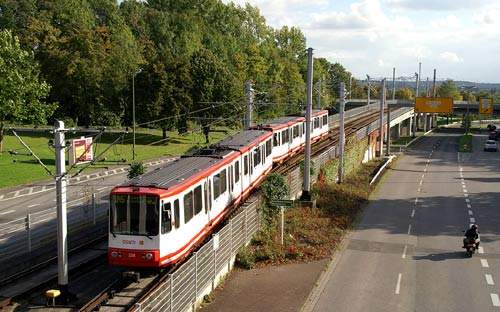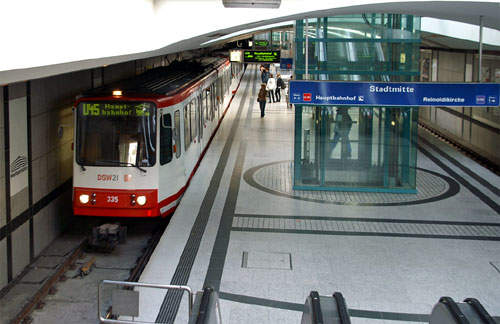Once famed for heavy industry and beer, Dortmund at the eastern end of the Ruhrgebiet in the German state of Nordrhein-Westfalen (NRW) is a city successfully shedding any ‘rust-belt’ associations and remaking itself to prosper in the 21st century.
Urban transport is central to the creation of the new Dortmund, where there is clear evidence of removing the scars of obsolete industry, fostering technological research and reusing urban space for new economic activity and housing.
THE PROJECT
Aside from plentiful services on the IC/ICE networks centred on the soon-to-be rebuilt Dortmund Hauptbahnhof (handling 150,000 daily); heavy rail routes provide much local transport through DB’s S-Bahn and regional operations. However, higher frequencies and closer stops are available on the commuter services of the local utilities group, Dortmunder Stadtwerke AG, branded as DSW21.
With so many interests in the area, including ‘Dortmund Airport 21’, 13km (8 miles) to the east and the suspended H-Bahn system at Dortmund University, DSW21 has a clear view of its role: “To set the city in motion. Over 127 million customers use the well-structured network of buses, trams and trains every year”.
Less overtly anti-car than is normal when public transport is being promoted, the authority operates a parking guidance system to direct drivers to one of 7,600 parking places in 14 multi-storey or underground car parks.
INFRASTRUCTURE
DSW21’s rail-based transport is of two standard gauge types. The majority stems from the attempt in the 1960s to establish an inter-urban light rail system (Stadtbahn) to connect and pass through the centres of adjoining cities in the Rhein-Ruhr region.
Although not realised on the regional front, as with fellow NRW city Düsseldorf, the scheme did yield a core high-floor ‘supertram’ operation largely devoid of road conflicts and only emerging from tunnels (totalling 17.5km) when away from the city centre.
Routes are on two in-tunnel lines that cross at Stadtgarten Interchange in central Dortmund, linked at the southern end near the Westfalenhallen and Westfalenstadion (Signal Iduna Park) entertainments area just to the south. This link avoids reversal, with routes switching identities as they return along the tunnel opposite that on which they arrived. Branches from the two core lines provide six ‘U’-designated Stadtbahn routes.
The other mode is represented by the two tram routes on a branching double-track section on an east-west axis, survivors of a vastly bigger system. Segregated from the Stadtbahn except at the common Dorstfeld depot, the 403/404 services (to be re-designated as U43/U44) are due to be being rerouted in 2008 via a new 2.3km (1.4 mile) tunnel between Ostentor and and Heinrichstrasse.
Removing surface rails from the city centre, the line will retain the stops as at present, albeit relocated below ground and with new access points.
ROLLING STOCK
Bolstered by acquiring some ex-Bonn vehicles, Stadtbahn services are handled by around 120 vehicles from several batches of Düwag B-Wagen delivered in 1973–2000.
Part of the current tram fleet will be progressively replaced as a result of a €70m order placed with Bombardier by DSW in December 2005. With the first arriving in late 2007, 47 Flexity Classic three-car units will be delivered up to 2010. Being built at Bombardier’s plant at Bautzen (Saxony) Germany and with electrical equipment by Vossloh Kiepe, these proven units are similar to the 8NGTW in service in Kassel and Frankfurt Main.
SIGNALLING AND COMMUNICATIONS
The signalling system allows for 90s headways and up to 80km/h (50mph) running on the Stadtbahn. In spite of gaining ‘U’ designations in common with the Stadtbahn when the east-west tunnel opens, these modes will remain operationally segregated and with low platform access. Stops are being upgraded with security and information systems. The new trams will bring air-conditioning, a wheelchair user area and video surveillance.
As well as ticketing for the city area and the NRW Ticket for the whole state, local heavy rail and DSW21 services are within the Verkehrsverbund Rhein-Ruhr (VRR) tariff union covering the Rhine-Ruhr conurbation.
THE FUTURE
Dortmund will be showcasing its modern identity to an even wider audience as European Capital of Culture, hosting ‘RUHR.2010’. Although the original vision of a regional Stadtbahn network is unlikely to be realised by then, or ever, plans for inter-urban rail services entering the centres of Dortmund and its near neighbours may be closer to realisation through assessing Karlsruhe or Kassel type tram-train operations.

